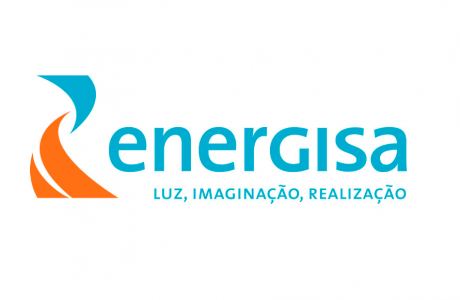Communicating in times of change
How Energisa is leading the country’s energy transition
The energy sector is undergoing a significant transformation. The change in the global energy matrix, with the gradual abandonment of fossil fuels in favor of renewable energies such as solar and wind, is good news for a world that sees increasing urgency in reducing greenhouse gas emissions to avoid impacts of climate change. At the same time, as the basis for this construction of a low-carbon economy, we are witnessing new behaviors, the creation of cognitions, and the emergence of mentalities of how we see and live the world.
Large energy companies have migrated from their reputation as “commodity suppliers” or “stagnant markets” to the centrality level of the global economic agenda. For those who are more attentive, it is more than that – they are a fundamental part of the very survival of humanity.
At Energisa, the challenge has been how to connect the company to this context of change and show all stakeholders what is being done towards leading this transformation, with a unified language and impacting everyone at the same time.
For communication, the challenge is complex. Efficient communication must take into account several actors: employees, customers, shareholders, and the community. Each one requires a type of voice and language. Previously, this was resolved with channel separation. These days, it is much more difficult – and perhaps not even desirable – to guarantee this separation since the flow of information is not centralized and has different sources. More than ever, communication also needs to be based on concrete actions. The narrative is the protagonist, but it is only sustained when it develops initiatives that take place and transform people’s real lives. It is legitimate communication.
The company saw the strategic role of communication, which ceased to be a platform for disseminating information to act as an agent of cultural transformation and promoter of sustainable development. We created a transformation journey based on strategic actions organized in multi-channels and segmented among the various audiences we need to serve and relate to. Some of these actions gained a more journalistic tone to provide transparent information to clients and society. One of them is Portal Juntos, a news hub about Energisa’s operations in the communities, about the energy sector, innovation, the environment, and the energy transition.
Portal Juntos is a brand positioning platform that aggregates content on society and opinion-makers agenda and directs the company’s main value messages. The objective is to present the company’s projects and contribute to the debate on the needs of the communities where we operate, the low carbon economy, and ESG efforts. By appropriating the notion of 360º communication, the portal works as a starting point and single destination for content for different stakeholders.
This new posture allowed a greater connection with the significant agendas that are moving the world. COP 26 had special coverage on the portal, with staff in the field. During an event organized by the National Confederation of Industry (CNI) at the Brazilian pavilion, Energisa also presented two innovative clean energy initiatives: the Ilumina Pantanal and Vila Restauração projects. The first is universalizing electricity to more than 2,000 locations, through individual generation systems with solar panels, in the Pantanal, the most extensive floodplain in the world. The second took a photovoltaic plant with an isolated system in a community with around 200 families in the state of Acre, close to the Peru border.
Communication actions are also legitimized by institutional positions, such as the signing of a letter addressed to the president of COP26, Alok Sharma, led by the Business Council for Sustainable Development (CEBDS), to which more than 100 large companies operating in Brazil are committed to pursuing the goal of being carbon zero by 2030. By establishing a shared goal, Energisa has walked the talk. By adopting a more informative language, the company can explore the capillarity of the networks to build an integrated communication that is easy to assimilate. With this strategy, the company intends to become an active voice in these new times without losing its identity and generating value for everyone.
COMENTÁRIOS:
Destaques
- Sports as an instrument of Change
- Aberje Launches Newsletter with Economic Panorama
- Charting a Path to Responsible Communication: WPRF 2023 Wraps Up in Chennai, India
- Global Alliance AGM elects new Board 2023
- Aberje discloses its positions on the Fake News Bill (PL 2630/2020)
ARTIGOS E COLUNAS
Marcos Santos Maratona da vidaMônica Brissac Thought Leadership: marca pessoal x reputação corporativaLetícia Tavares Liderança comunicadora: um tema sempre atualHamilton dos Santos Comunicação é estratégica na economia contemporâneaCarlos Parente Um salto ornamental para mergulhar no pires




























